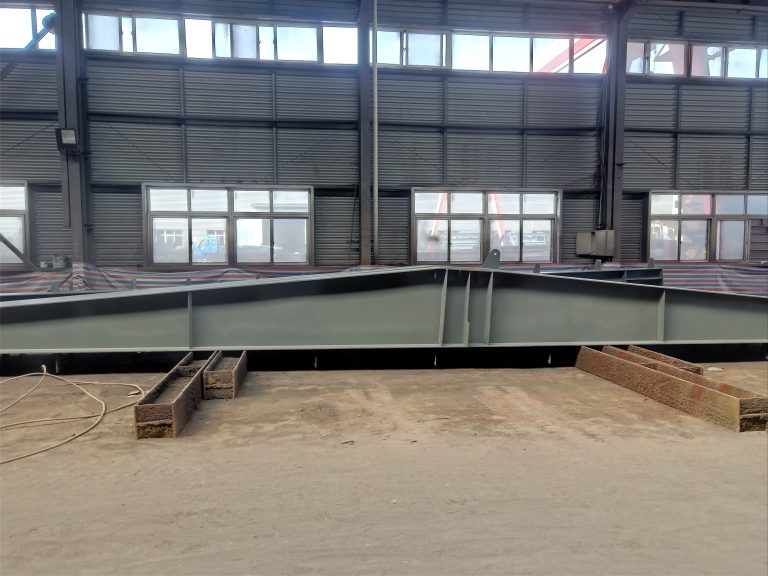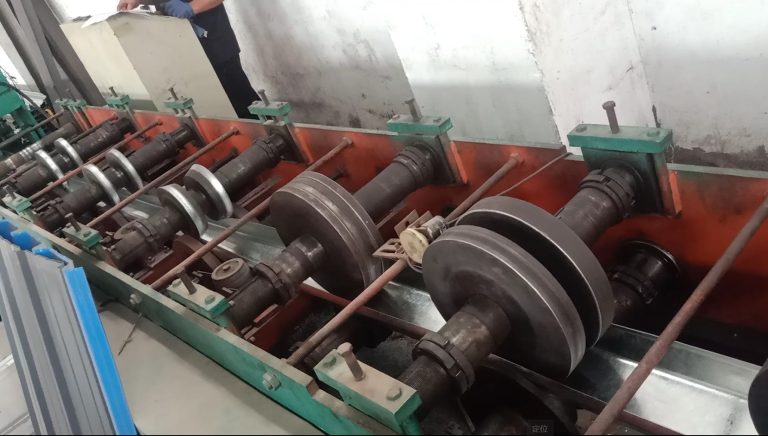Table of Contents
Benefits of Using Pre-Engineered Buildings for Commercial Construction
Pre-engineered buildings have become increasingly popular in the commercial construction industry due to their numerous benefits. These buildings are designed and fabricated off-site, then assembled on-site, saving time and money compared to traditional construction methods. In this article, we will explore the advantages of using pre-engineered buildings for commercial construction projects.
One of the main benefits of pre-engineered buildings is their cost-effectiveness. Since these buildings are manufactured in a controlled environment, material waste is minimized, and labor costs are reduced. Additionally, the assembly process is quicker, resulting in lower construction costs overall. This makes pre-engineered buildings an attractive option for businesses looking to save money on their construction projects.

Another advantage of pre-engineered buildings is their versatility. These buildings can be customized to meet the specific needs of the business, whether it be a warehouse, office space, or retail store. The design flexibility of pre-engineered buildings allows for easy expansion or modification in the future, making them a practical choice for businesses that may need to adapt to changing circumstances.
In addition to cost-effectiveness and versatility, pre-engineered buildings are also known for their durability. These buildings are constructed using high-quality materials that are designed to withstand harsh weather conditions and heavy use. This means that businesses can expect their pre-engineered building to last for many years without the need for extensive maintenance or repairs.
Furthermore, pre-engineered buildings are environmentally friendly. The manufacturing process produces less waste and consumes fewer resources compared to traditional construction methods. Additionally, the energy efficiency of pre-engineered buildings can help businesses reduce their carbon footprint and save money on utility bills in the long run.
One of the key advantages of pre-engineered buildings is the speed of construction. Since the building components are pre-fabricated off-site, the assembly process can be completed in a fraction of the time it would take to build a traditional structure. This means that businesses can move into their new building sooner, allowing them to start generating revenue more quickly.
In conclusion, pre-engineered buildings offer numerous benefits for businesses looking to construct a new commercial space. From cost-effectiveness and versatility to durability and environmental friendliness, pre-engineered buildings are a practical and efficient choice for commercial construction projects. With their quick assembly process and customizable design options, pre-engineered buildings provide businesses with a cost-effective and sustainable solution for their building needs.
How to Choose the Right Pre-Engineered Building Supplier for Your Project
Pre-engineered buildings have become a popular choice for construction projects due to their cost-effectiveness, durability, and quick installation. When it comes to choosing the right pre-engineered building supplier for your project, there are several factors to consider to ensure that you get the best quality and value for your investment.
One of the first things to consider when selecting a pre-engineered building supplier is their experience and reputation in the industry. Look for a supplier that has a proven track record of delivering high-quality buildings on time and within budget. You can research online reviews and testimonials from previous clients to get an idea of the supplier’s reputation.
Another important factor to consider is the supplier’s design capabilities. A reputable pre-engineered building supplier should have a team of experienced engineers and designers who can create custom building designs to meet your specific needs and requirements. Make sure to ask the supplier about their design process and how they can work with you to create a building that fits your vision.
In addition to design capabilities, it is essential to consider the supplier’s manufacturing capabilities. Look for a supplier that has state-of-the-art manufacturing facilities and uses high-quality materials to ensure the durability and longevity of your pre-engineered building. Ask the supplier about their quality control processes and how they ensure that each building meets industry standards.
Cost is another crucial factor to consider when choosing a pre-engineered building supplier. While cost should not be the only consideration, it is essential to get quotes from multiple suppliers to compare prices and ensure that you are getting the best value for your investment. Be wary of suppliers that offer significantly lower prices than their competitors, as this could be a red flag for subpar quality.
When selecting a pre-engineered building supplier, it is also important to consider their customer service and support. A reputable supplier should be responsive to your inquiries and provide ongoing support throughout the construction process. Make sure to ask the supplier about their communication channels and how they handle any issues or concerns that may arise during the project.
Finally, consider the supplier’s warranty and after-sales service. A reputable pre-engineered building supplier should offer a comprehensive warranty on their buildings and provide ongoing maintenance and support services to ensure the longevity of your investment. Ask the supplier about their warranty terms and what type of after-sales support they provide.
In conclusion, choosing the right pre-engineered building supplier for your project is a crucial decision that can impact the success of your construction project. By considering factors such as experience, design capabilities, manufacturing capabilities, cost, customer service, and warranty, you can ensure that you select a supplier that meets your needs and delivers a high-quality building that will stand the test of time. Take the time to research and compare different suppliers to make an informed decision that will benefit your project in the long run.





